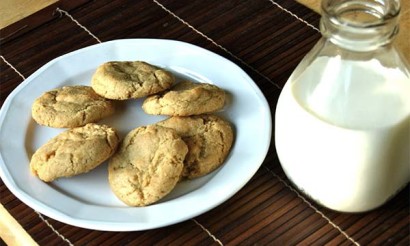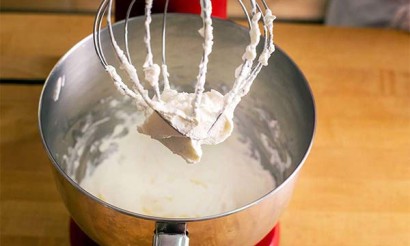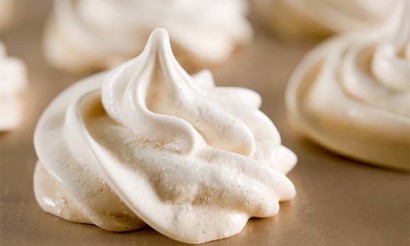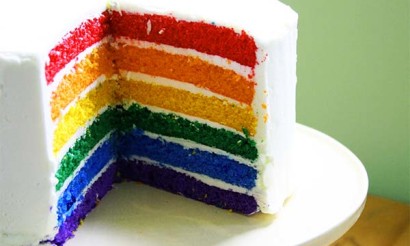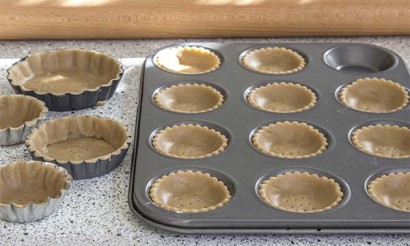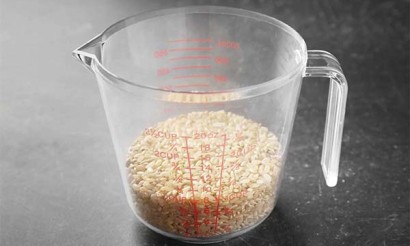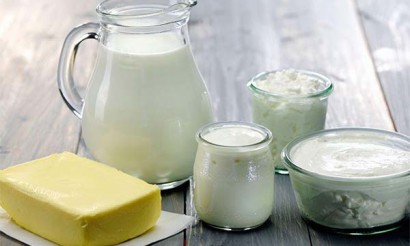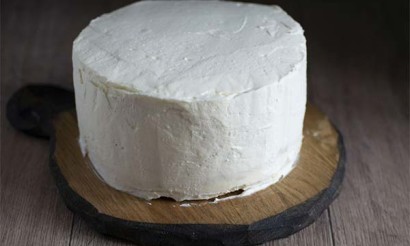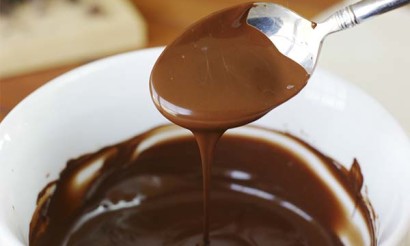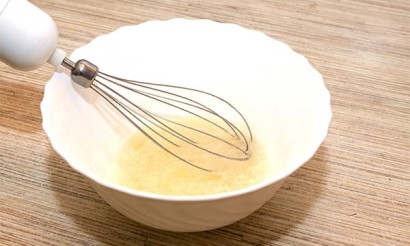The basic rules for working with mastic: secrets for beginners
To achieve mastery in working with mastic is not possible at once. To create culinary masterpieces, you need a painstaking study of useful information, gradual acquisition of practical skills, skills. In the process of mastering the culinary art, valuable advice from pastry chefs who have mastered the subtleties of the profession will help.
- What is mastic
- Recipe
- Secrets of working with mastic
- Tools for work
- How to work with mastic
- Preparing
- Rolling out
- Applying
- How to model figurines of mastic
- How to paint mastic for a cake
- How to make sugar fondant glitter on a cake
- Q&A
- Why does the base begin to shine through the mastic coating?
- How long does a cake covered in mastic last?
- Why does sugar fondant tear?
- How to soften a pastry mastic?
- How long does a cake mastic have to dry?
What is fondant
Sugar mastic is a popular material used to cover confectionery products, making ruffles, reliefs, flowers, three-dimensional figures. Baking, decorated with paste, takes on a festive look.
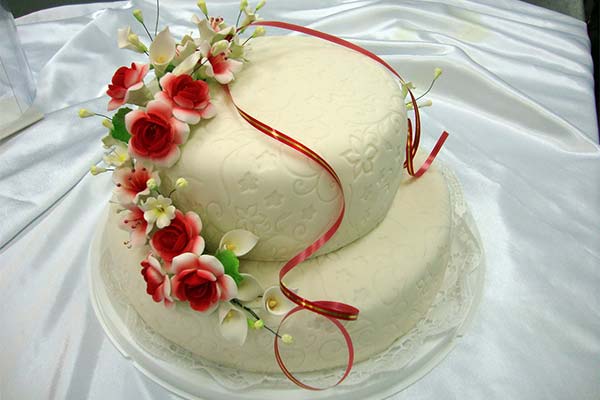
The basis of mastic - powdered sugar, and the smaller its grinding, the higher quality plastic mass.
In the production of edible plasticine additionally use egg white, gelatin, starch, marzipan, marshmallow, dyes.
For beginners, it's easier to work with universal store-bought mastic, which can be used to cover a cake and mold flat or three-dimensional figures. More experienced hostesses buy or make their own different material depending on the purpose of use. For example, the paste for molding is drier. With it it is easier to form volumetric decoration, which dries quickly. But for covering cakes, such a product is not suitable, as it will tear.
Recipe
Product set:
- 100 g of white marshmallow;
- 250 g powdered sugar;
- 1 tbsp. lemon juice.
Preparation of universal marshmallow mastic, which is suitable for covering cakes, creating figures:
- Pour lemon juice into a bowl of chewy marshmallows. Place in a microwave oven.
- Heat at maximum power until sweet mass increases in volume (10-15 seconds).
- Add the powdered sugar in batches, continuously kneading the paste with your hands until it is elastic, smooth.
Sprinkle the finished product with powdered sugar, wrap in clingfilm, and send it to the fridge for 20-30 minutes.
Secrets of working with mastic
Tips from professionals, facilitating the work with edible plasticine:
- Prepare a lot more powdered sugar than specified in the recipe. It will come in handy for sprinkling when rolling out the plate and before sending it to storage.
- When kneading, add quality gel dyes to the paste. They do not radically change their structure, unlike liquid ones. Finished dried flowers, three-dimensional figures made of marshmallow can be painted with dry dyes.
- For coating, roll the "plasticine" thinly with starch or powdered sugar.
- Do not wipe off any condensation droplets on the coating with a napkin after removing the cake from the refrigerator. Allow the water to dry naturally, otherwise stains will remain on the surface.
- To make your job easier, use professional tools.
- The mastic coating does not hide the irregularities of the cake. Before decorating, spread buttercream or marzipan on the cake, smooth it out with a spatula, and put it in the refrigerator.
Mastic should not be put on soaked cakes or sour cream. Moisture dissolves the paste.
Tools for work
For a more comfortable and effective work with mastic, you will need tools:
- Ironer - a necessary thing for the confectioner, smoothing the surface of the cake covered with sweet paste.
- Mats for rolling out the sugar mass. They come with measured divisions, embossed patterns or smooth without markings for rolling out even layers.
- Mats for creating figurines. On a soft work surface it is convenient to create a variety of relief elements.
- Plastic or metal stacks of different sizes in the form of spatulas, balls or knives. The purpose of these tools is trimming, modeling, shaping.
- Acrylic rolling pins for rolling out.
- Scrapers for cutting out figures.
- Silicone vainers, which are molds for making berries, buds, leaves, petals, or flowers.
- Molds (hollow molds) with which to make clearly drawn identical figures.
The process of wrapping the mastic and leveling the cake will be much easier if you purchase a turntable.
How to work correctly with mastic
To avoid mistakes when working with mastic, put into practice the tips of experienced pastry chefs.
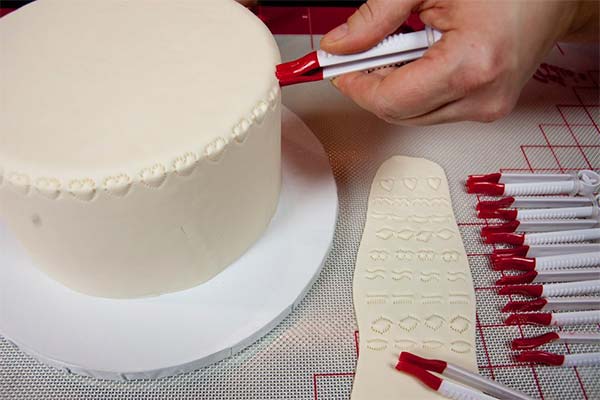
Preparing
Before rolling out the layer to cover or before making volumetric figures, flowers, knead mastic the same way you kneaded plasticine in childhood. Do not forget that before covering the cake to create a layer of cream and butter. It is better to cover the biscuit with chocolate ganache.
Rolling
After kneading, roll out the paste. There are two ways to create the paste for coating. In the first case, you work with mastic on a special mat sprinkled with powdered sugar or starch. To prevent the material from sticking to the work surface, you have to turn it often.
With the second option, the sugar mass is placed between two thick polyethylene sheets (food film is not suitable), smeared with vegetable oil. The mastic is transferred to the cake together with the bottom sheet, which is removed later, after the cake is evenly covered.
Roll out the mastic in the form of a circle with a diameter equal to the diameter of the cake plus two of its height and a couple of centimeters.
Applying
To prevent tearing the mastic, gather the layer on a rolling pin, transfer it to the perfectly smooth surface of the cake. Iron over the top first, then carefully smooth the corners, sides, so that no folds are formed. Use a roller to trim off any excess. Once again go over all surfaces with an iron.
How to make fondant figurines
To create a mastic decor with your own hands you will need a universal paste or pastry for molding, silicone mat, snacks, a variety of forms for making figures or individual elements, brushes for painting, glossing.

Figurines, images can come up with yourself, taking into account your artistic abilities and culinary skills, or find ideas, master classes on molding on the Internet.
Elements of mastic on cakes of different sizes are combined with sugar beads, decorations from other materials, sprinkles.
On a contrasting background, leaves, snowflakes, hearts look spectacular. Cookie molds will help in this. You can make "skirts" on the rims, prism the ribbon with a wooden stick and glue it to the cake.
If you collect the figure from small elements, use water or egg white to bind them. Attach large decor elements to the cake with skewers.
How to Paint Cake Mastic
Confectionery paste is colored with natural or synthetic dyes, which are divided into gel, liquid and dry.
Natural ones are made from vegetable and fruit juices. Their disadvantages are their characteristic taste and dim color.
Food dyes in powder form dye small parts when they want to give them additional shades.
Liquid dyes are not the best choice for sugar pulp, as they strongly change the structure.
The most suitable option is quality gel dyes. They are versatile, economical, color the mastic in bright colors, and change the texture minimally.
Drop a few drops into the plastic mass, knead thoroughly. If you notice that the paste has become sticky to your hands, add starch or powdered sugar.
How to make the sugar fondant on the cake glittery
The shine of the plastic coating is given by smearing the surface with a mixture of vodka and honey, mixed in equal proportions. The product is applied with a brush with a thin layer and does not change the taste and aroma of the confectionery.
Q&A
Beginning cooks are looking for answers to questions that arise when working with mastic. They wonder why the mastic tears and shines through on the cake, how to resuscitate it when it hardens, and how long you can store the finished confection covered with mastic.
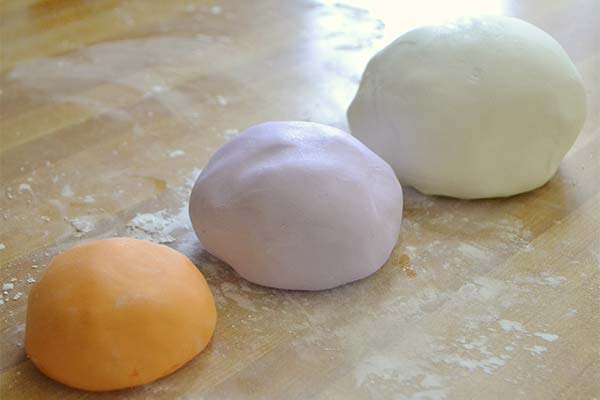
Why through the coating of mastic, begins to shine through the base?
The mastic coating becomes translucent when the cake becomes wet. There are several reasons for this:
- Over-soaking the cakes with syrup;
- Inadequate fondant base;
- Leaky packaging during storage.
Cakes covered with cream of sour cream, yogurt, cream, or made on the basis of a delicate soufflé are not suitable for wrapping with mastic.
How long should a cake covered with mastic be stored?
Mastic does not shorten or extend the shelf life of the confectionery. On average, cakes retain their consumer properties for 72 hours in the refrigerator.
If the biscuit is too dry, the maximum shelf life is two days, otherwise the mastic coating will deform.
Why does sugar fondant tear?
Confectionery paste tears if rolled out into too thin a layer (less than 2-3 mm). Another reason for damage to the material when covering the cake is poor-quality grinding of powdered sugar. Large particles make the structure inhomogeneous, lead to a violation of the integrity of the layer.
How to soften the confectionery mastic?
Dried, crumbling mastic is reanimated in several ways.
- Wrap the paste in a bag, put it in the microwave for 10-15 seconds, then knead for 2 minutes.
- Sugar mass will soften and become suitable for further use if the bag with it is placed in hot water, put on the radiator or before kneading add a teaspoon of vegetable oil, butter, glycerin.
How long should the mastic for the cake dry?
The drying of the sweet material depends on many factors:
- the thickness of the layer;
- temperature, humidity of the room;
- The type of cream on which the mastic coating is placed;
- the presence or absence of sunlight;
- its composition.
Fully edible mastic dries from six to thirty hours. Professional confectioners recommend making figures at least two days before assembling the cake.
Children can be involved in working with mastic. They will gladly take part in modeling cars, flowers, favorite animated characters from pliable edible plasticine.
«Important: All information on this site is provided solely for introductory purposes only. Consult with your health care professional before applying any recommendations. specialist. Neither the editors nor the authors shall be liable for any possible harm caused by materials."







